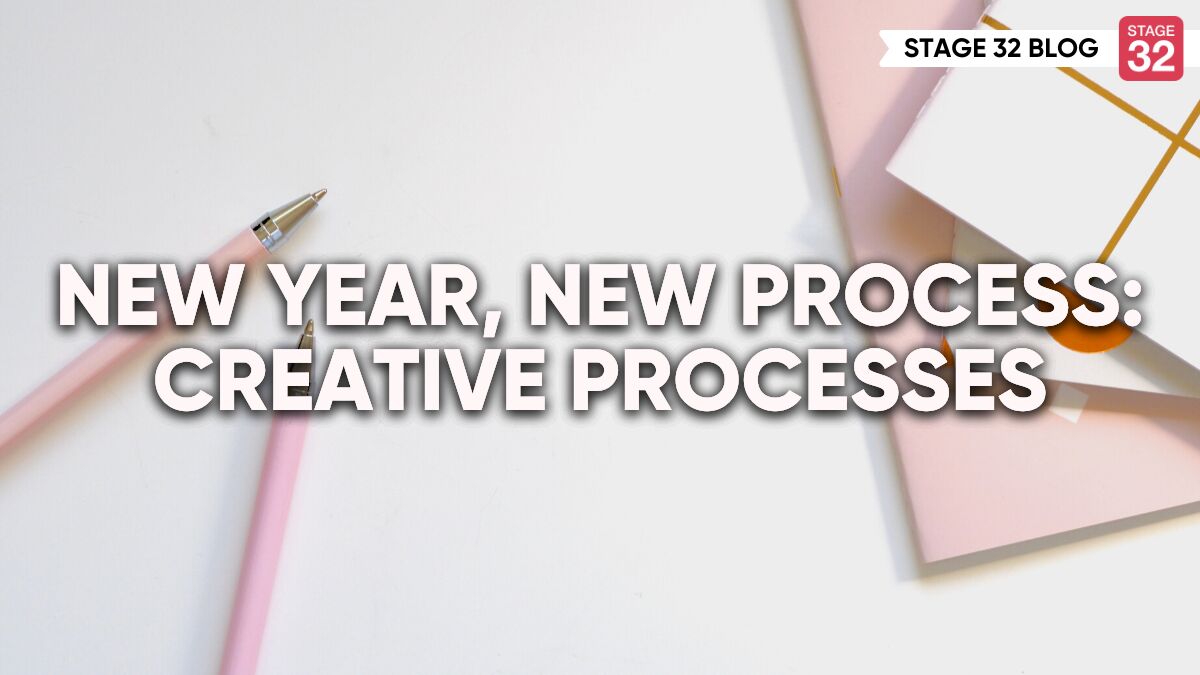How to Prep as a Script Supervisor
The Script Supervisor’s job starts in pre-production. Also known as “prep,” the time during which all departments prepare for the shoot. Once you’re hired and sent the script, you’ll read it more than once, get to know it well, and then launch yourself into your prep work.
One of the most valuable documents you will create as the Script Supervisor is the Continuity Breakdown or Script Breakdown. When creating your breakdown, you’ll pull out all production elements within the script and categorize them for tracking in a spreadsheet. This process will truly make you an expert on the script, and the breakdown will become your foundation for shooting out of continuity. It is a living, breathing document that will grow as you go. It may be revised throughout prep and the shoot.
You’ll create a spreadsheet with categories (the design and appearance of breakdowns can vary) and for each scene in the script, you’ll list: the scene number, location (including whether the scene is interior or exterior), the story day or night, the action of the scene, the characters in the scene, the time of day in the scene, the page count of the scene, the estimated run time of the scene, props, wardrobe notes, hair notes, makeup notes, and matching notes. These are the essential categories and certain scripts may call for additional categories. For example, if you’re breaking down a script that involves time travel, you’ll want to add an extra category to track what year or decade each scene is set in.

What do I mean by “story day”? The purpose of labeling story days, (Day 1, Night 1, Day 2, Night 2) is to track which actions take place on which day or night in the story. That might sound obvious, however, where a story day ends and another begins is not always obvious, and may be open to interpretation. It gets interesting when the Script Supervisor sees the story days one way, the Assistant Director sees them another way, and the Costumer yet a different way. It is hugely important for you as the Script Supervisor to get everyone on the same page about story days, because they inform other departments creatively. The Costumes, Hair, and Makeup departments will change characters’ appearances based on the story day or night. Props may switch out watches or glasses. Set dressing may change a vase of flowers on a table or the tidiness of a room on set. If the Script Supervisor’s story days are not consistent with those listed on the call sheet (which is published by the Assistant Director the night before each shoot day) there will be a problem when actors come to set dressed in the wrong costume, or when the set is dressed for the wrong time of year, or any number of mismatch possibilities... During your prep time, you will schedule meetings with (at a minimum) the Assistant Director and a Costume Department representative to ensure that you are 100% on the same page about story days far before setting foot on set.
To calculate page counts, you’ll divide each script page in 8 equal parts, count the 1/8th’s that fall into each particular scene, and total them for the scene’s page count. You’ll do this with every scene and add them up for a total script page count, for example, 44 3/8’s pages.

To estimate the script’s run time, you’ll need a stopwatch. You will time the dialogue of a scene by reading it as you imagine the character saying it, and using your imagination to time the action of the scene. Then you’ll add them together for the estimated run time of the scene. For example, if a scene’s dialogue runs: 44 seconds and the action of the scene runs: 21 seconds, that scene’s estimated run time is 1 minute 5 seconds - 1:05. Timing the action of the scene requires concentration and practice. A script timing is your best, informed guess, and is an estimate only. You will closely track how your estimated timings compare to the real scene timings you get on set, to see how sharp your timing chops are. This process takes practice and a commitment to constantly improving by comparing the real timing data with your estimated timings from prep.
While you’ve been breaking down and timing the script, the other crew departments (a number of which you’ll have met with privately) have been doing their own preparation. Prep will culminate with the crew departments getting together with the Director, Assistant Director, and Producers for the production meeting, at which time you’ll do a page turn of the script and discuss all production elements together. During this page turn, at the appropriate time, each department will bring up any potential issues they may have with shooting each scene. YOU must bring up any discrepancies, inconsistencies, or anything unclear that you have uncovered during your prep, so it can be acknowledged and corrected. In truth, you will have already been diligently working away at this throughout prep, but the production meeting is your opportunity to bring it up in front of everyone together. Oftentimes, revised script pages reflecting any changes discussed will follow the production meeting, and you will update your prep documents accordingly with revisions.
Next up: what to do, step-by-step, the night before your first shoot day and on your first day on the job! Keep an eye out for that future blog!
Stay tuned!
Let's hear your thoughts in the comments below!
Got an idea for a post? Or have you collaborated with Stage 32 members to create a project? We'd love to hear about it. Email Emily at blog@stage32.com and let's get your post published!
Please help support your fellow Stage 32ers by sharing this on social. Check out the social media buttons at the top to share on Instagram @stage32 Twitter @stage32 Facebook @stage32 and LinkedIn @stage-32
| New Year, New Process: Creative Processes |
| Catching Up With The 1st Annual RomCom Screenwriting Contest Winners |
Search Stage 32 Blog
There are now 4041 blog posts for you to enjoy. Search them all by tags below.
Acting, Advice, Cinematography, Coffee & Content, Composing, Contests, Distribution, Featured, Filmmaking, Financing, Inspirational, Networking, Producing, Screenwriting, Success Stories, Tips, Trending,Relevant Tags
Recommended Articles

Coffee & Content: The Genius of Weapons and How to Know When Your Script Is Ready

My Stage 32 Story: Persistence, Healing, & Creative Breakthroughs in Year 3

Coffee & Content: Why Your Pitch Needs to Be Human

How to Get Help from Stage 32: Meet the Teams Behind the Scenes

Insider Intel: 2026 Predictions

Find Your Footing on Stage 32: Join Our December Community Open House

Don't Let the Momentum of November Write Club Die: How to Stay Active Into 2026 & Beyond!

State of the Industry 2026 Now On-Demand: RB & Geoff Break Down What’s Next for Writers!

4 Reasons To Have Audio Description On Your Film






